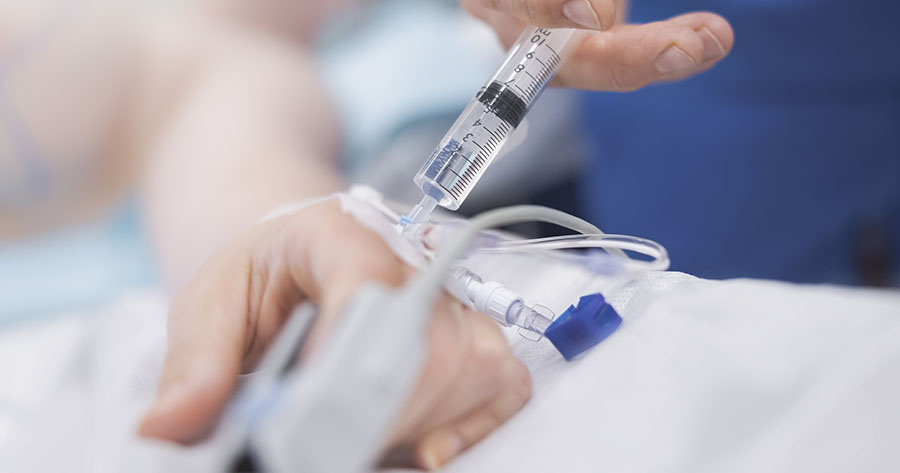The Pump Advanced Carbohydrate Education (PACE) programme was established in January 2010 by the St Helens and Knowsley Teaching Hospitals NHS Trust diabetes team. This course is delivered by diabetes specialists with the aim of updating continuous subcutaneous insulin infusion (CSII) users on carbohydrate counting, insulin dose adjustment and optimising advanced features of CSII therapy.
Background
Enabling people with diabetes to contribute to the design and delivery of local health services is a key priority in the NHS. This team set up a peer support group for individuals with type 1 diabetes, to update them on carbohydrate counting using multiple daily insulin injection or CSII therapy and to collaborate with them to improve their CSII service. Informal peer support groups are held every 3 months and we undertook some qualitative work with members of the support group to ascertain their views on how the CSII service could be improved.
The main finding from this survey was that the members wanted ongoing group education. Most of the CSII users on the PACE course had completed the Insulin and Carbohydrate Education (ICE) course prior to starting CSII therapy. The ICE course was previously established by the team for intensive management of type 1 diabetes, and has been associated with improvements in HbA1c, hypoglycaemia and quality of life (QoL; Srinivas-Shankar et al, 2008). The CSII users suggested that the team run a similar course to the ICE programme with a focus on CSII therapy to improve their self-management skills.
How is the programme delivered?
The PACE course is run over 3 weeks, consecutively; each session lasts 4 hours with five to ten participants in each group. The sessions are facilitated by the diabetes nurse consultant (the lead nurse for ICE), the lead DSN for CSII therapy and the advanced diabetes dietician, who are all trained educators. The curriculum is underpinned by a social constructivist model of learning and meets national standards for structured patient education (NICE, 2003; Department of Health and Diabetes UK, 2005). In addition, quality assurance processes have been implemented. The course covers a range of topics including carbohydrate counting, sick-day rules, exercise and advanced pump features.
Summary
The team has successfully incorporated PACE into routine care and has run four courses to date. Demand for this course is high, non-attendance rates are low and feedback is extremely positive. Individuals who have completed the course have shown and reported improvements in QoL, wellbeing and self-confidence. Feedback comments from participants include “helped and inspired me to achieve my goals” and “excellent help, I have made improvements already”. It is hoped that, as with the ICE course, PACE may also lead to improvements in glycaemic control.
PACE is an excellent example of an effective patient–provider collaboration helping to shape local services. Furthermore, this initiative demonstrates the importance of people with diabetes having ongoing access to structured education and peer support.





The risk factors and what might be done to address them.
24 Mar 2025